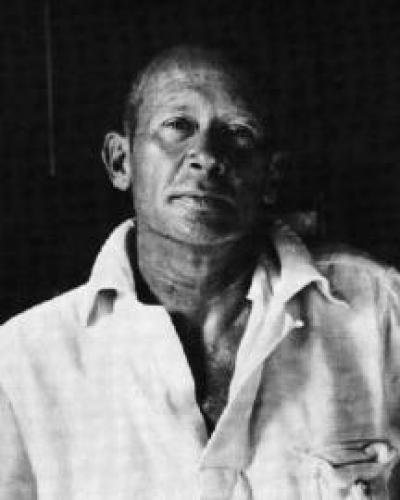E.(Edward) E.(Estlin) Cummings was born in Cambridge, Massachusetts, and educated at Harvard. When he began publishing in the 1920s, he lived in both New York and Paris, but he eventually spent most of his time in New York. From the outset there were powerfully contradictory impulses in his work. A strong component of sentimentality persisted throughout his career, but it is counterpointed either with blunt sexuality or with defamiliarizing typographic dislocation. He was sardonic about organized religion, but maintained an almost transcendentalizing faith in human beings. He championed individuals against the power of the state, as with "i sing of Olaf glad and big," and as a result was drawn to the radical Left early on, even translating Louis Aragon's poem "Red Front" from the French, but a visit to the Soviet Union turned him against communism. By temperament, he was in some ways more an anarchist.
Cummings's father was a Congregationalist minister who taught at Harvard. Cummings himself began writing poetry while he was a student there, but his first major literary success came with the publication of his prose memoir, The Enormous Room (1922), an account of his imprisonment in France after he served as an ambulance driver in World War I; the French censors had become offended by Cummings's remarks in his letters home. A certain irreverence was by then fundamental to his character; it would be apparent again in Eimi (1933), his experimental diary recounting his Soviet experience. Interested in painting and himself a visual artist, Cummings throughout his career paid a great deal of attention to the visual appearance of the poem on the page. In some poems the eye must reassemble the broken pieces of the text before language can give us any representational access to the world. The influence of cubism and expressionism on his work is obvious, but he went farther than most poets in adapting visual technique at the level of individual words and passages——coining words or dividing and combining them unconventionally, punning, using disruptive hyphenation and line breaks, adopting idiosyncratic punctuation, mixing established stanzaic forms and free verse. Some of these experiments carried over into a play, him (1927), and a ballet, Tom (1935).

